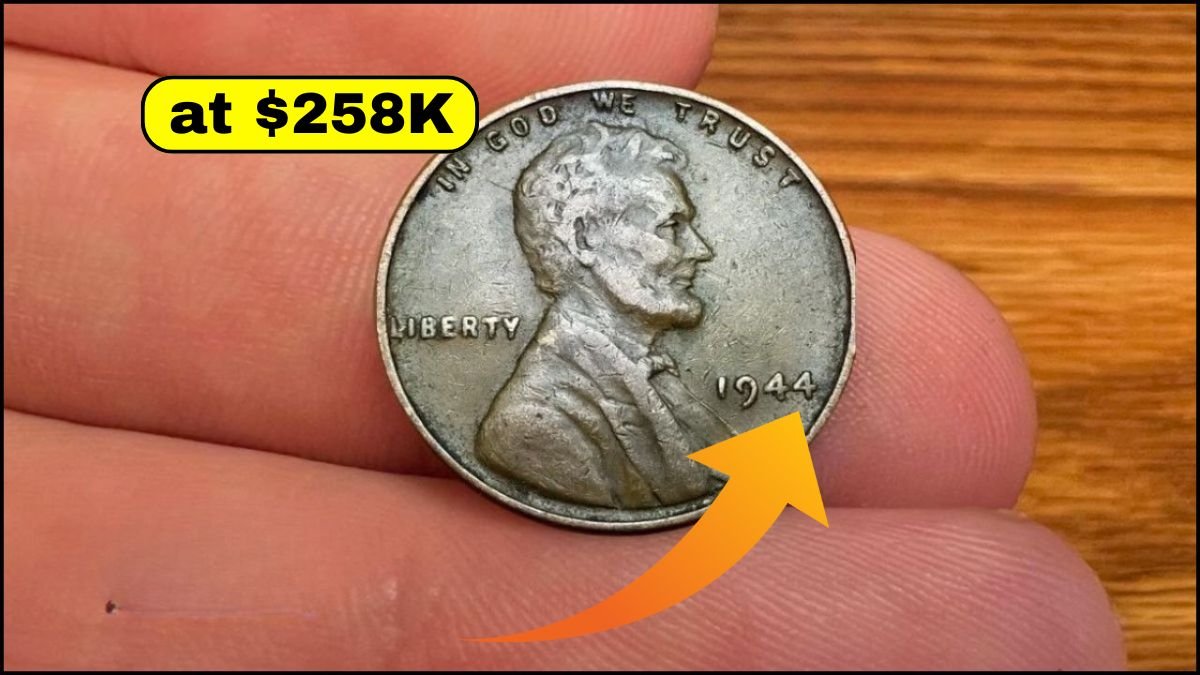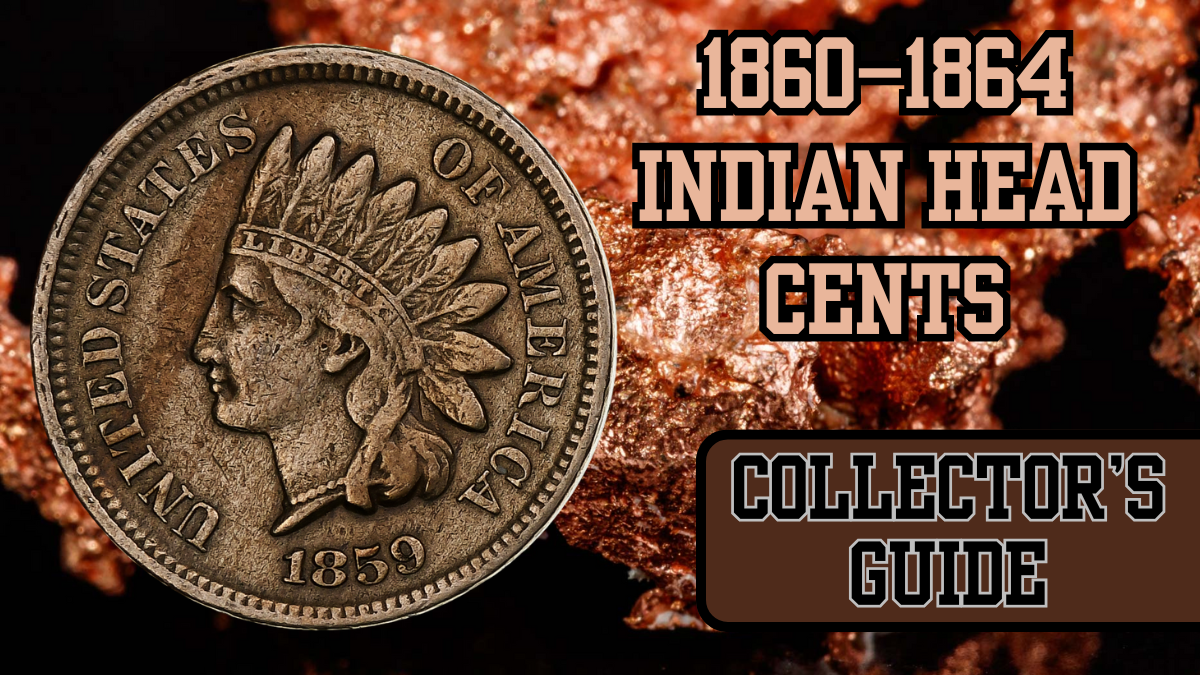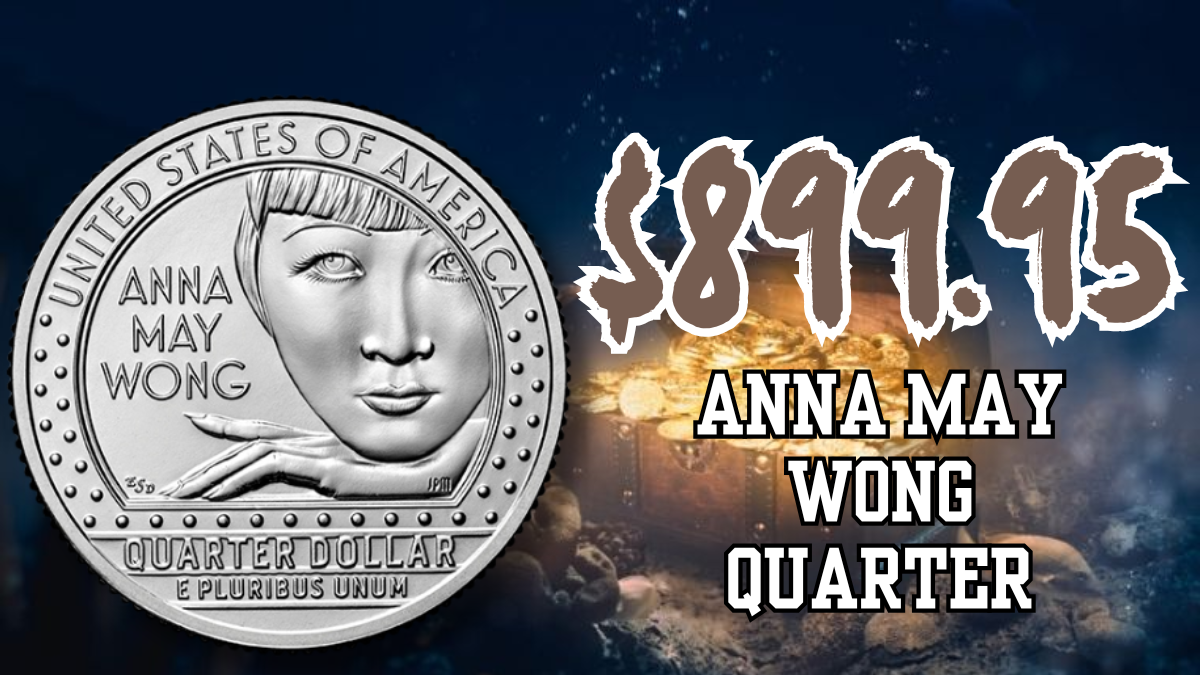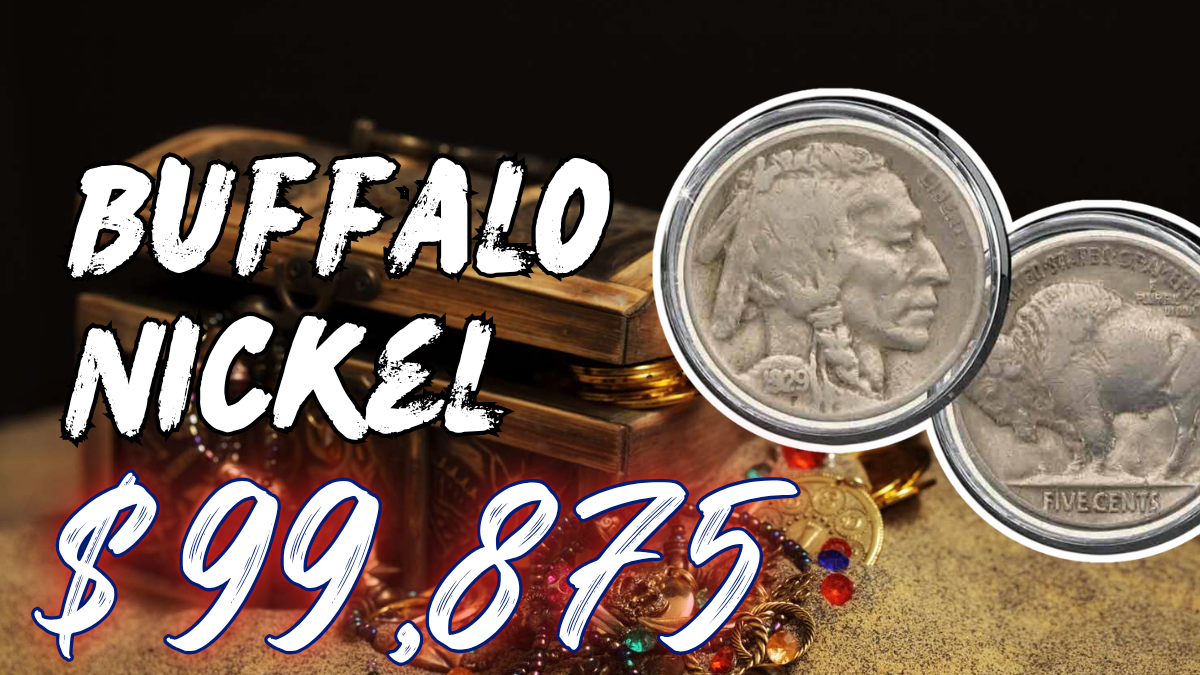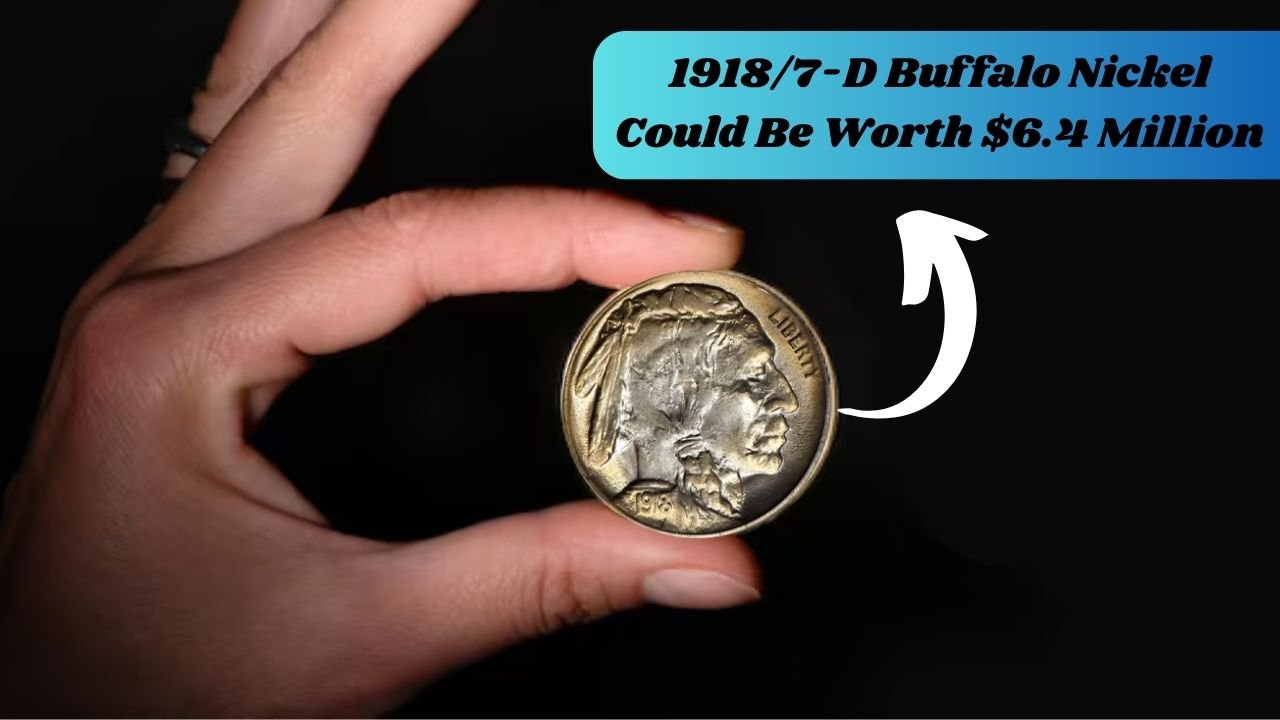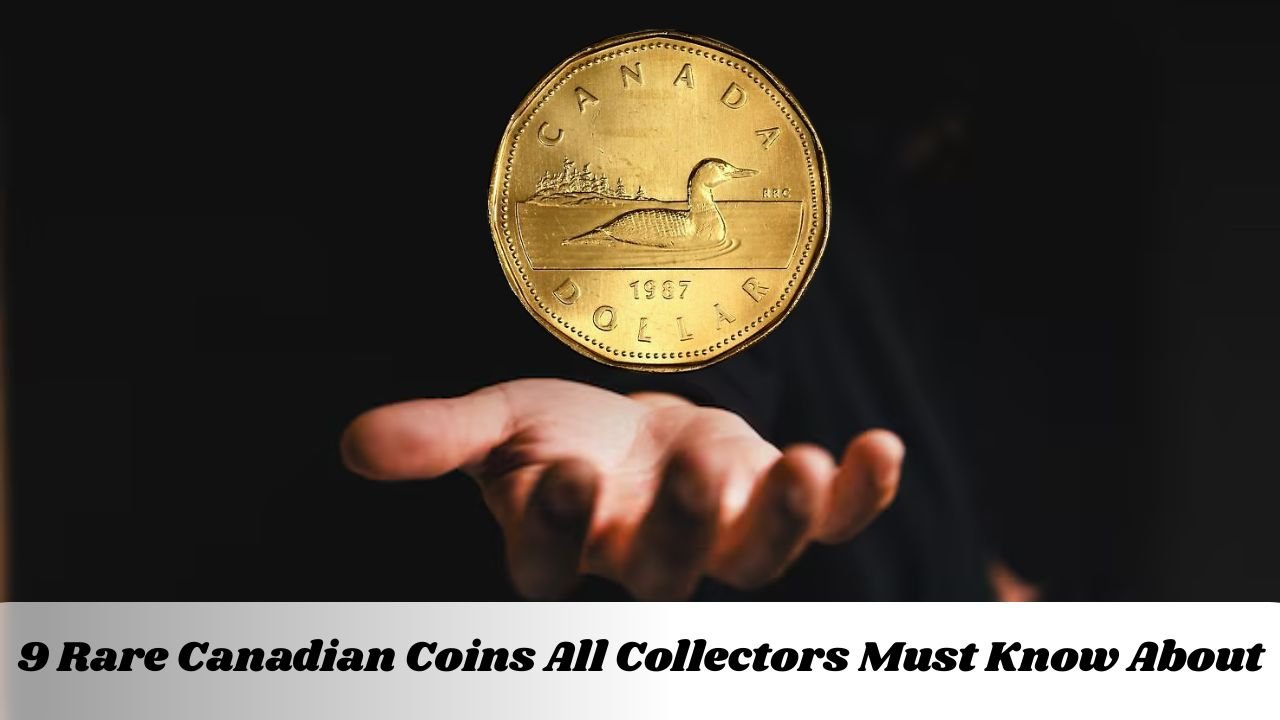If you’re a fan of rare coins or enjoy digging through pocket change for hidden treasures, then you’re going to love learning about one of the most sought-after coins in American history: the 1909 VDB Matte Proof Lincoln penny. This little copper coin is more than just currency—it’s a piece of U.S. history and one of the most prized collectibles in the numismatic world. In fact, one of these rare coins sold at auction for an astonishing $258,000! Let’s dive deeper into why this coin is so special, what makes it valuable, and how to know if you might have one.
What Exactly Is the 1909 VDB Matte Proof Penny?
To understand the importance of this coin, we have to go back to the year 1909. That year marked the 100th anniversary of President Abraham Lincoln’s birth, and to honor him, the U.S. Mint introduced the first-ever Lincoln cent. Up until that point, American pennies featured the image of Lady Liberty. So, the new Lincoln design was a big deal. It was the first time a real person’s face appeared on a circulating U.S. coin.
The artist behind the new design was Victor David Brenner. He added his initials—V.D.B.—at the bottom of the coin’s reverse side, right between the wheat stalks (since it was a wheat penny). However, not everyone was happy with those initials being so prominent. Some critics thought it was too much self-promotion, so later that same year, the Mint decided to remove the VDB initials from the coin. That means only some 1909 pennies have the VDB mark, and those early versions are far more desirable to collectors.
Now here’s where it gets even more interesting. In 1909, the U.S. Mint also produced a limited number of special “proof” coins for collectors. These aren’t regular coins made for spending. Proof coins are struck with extra care, often multiple times, to create sharp, detailed images. The 1909 VDB Matte Proof penny is one of these. Unlike today’s shiny proof coins, these had a matte, satin-like finish with sharp rims and incredible detail. Only a very limited number of these coins were ever made—estimates suggest just around 1,194.
Why Is It Worth So Much?
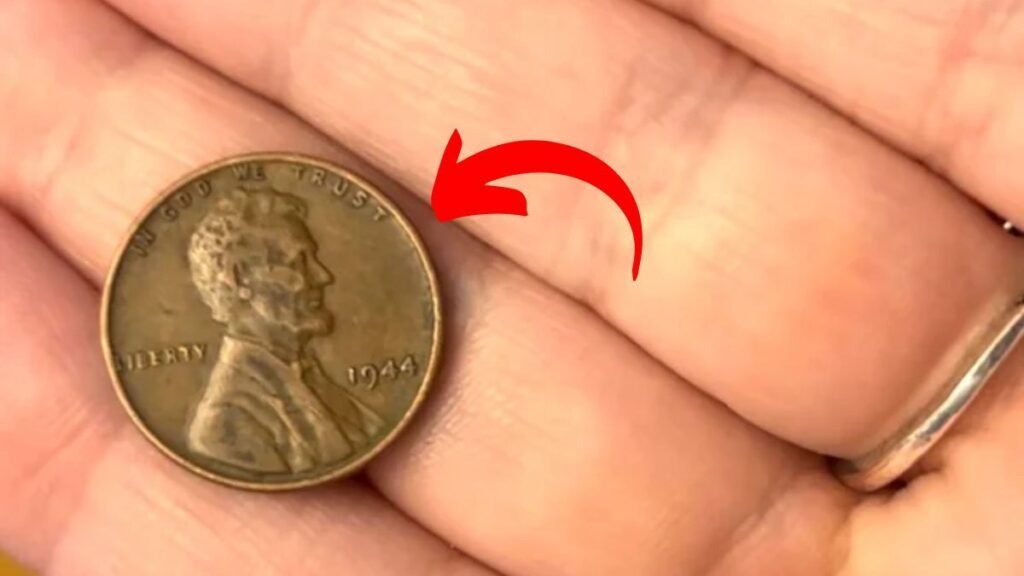
Several factors come together to make the 1909 VDB Matte Proof penny incredibly valuable:
1. Rarity: With fewer than 1,200 originally made and even fewer surviving in excellent condition, this coin is extremely rare. In the world of coin collecting, rarity is everything. The fewer there are, the more people are willing to pay.
2. Historical Significance: This was the first year of the Lincoln cent, and the coin includes the original VDB initials that were quickly removed. It’s a snapshot of a very specific moment in American numismatic history.
3. Matte Proof Quality: These coins were made with exceptional care. They have square, sharp rims and a velvety finish that makes the detail pop. This quality makes them highly desirable to serious collectors.
4. Condition Matters: The highest prices are paid for coins in nearly flawless condition. The $258,000 sale was for a coin graded PR67+ Red, meaning it was in nearly perfect condition with full original red color—extremely rare for copper coins over 100 years old.
How Can You Tell If You Have One?
Spotting a real 1909 VDB Matte Proof penny isn’t easy, especially because there are many fakes and altered coins out there. But if you think you may have found one, here are some signs to look for:
- The Date: It must be a 1909 penny with the VDB initials.
- The Mint: These proofs were made in Philadelphia, so there will be no mint mark.
- The Rims: Look for square-edged rims, not the rounded rims found on circulation coins.
- The Finish: Matte proofs have a non-glossy, satin-like surface.
- Sharp Details: The coin should have crisp lines, especially around Lincoln’s features and the wheat stalks.
To be sure, it’s best to have the coin examined by a professional grading service like PCGS or NGC. These organizations can authenticate the coin, determine its condition, and tell you how much it might be worth.
A Word of Caution
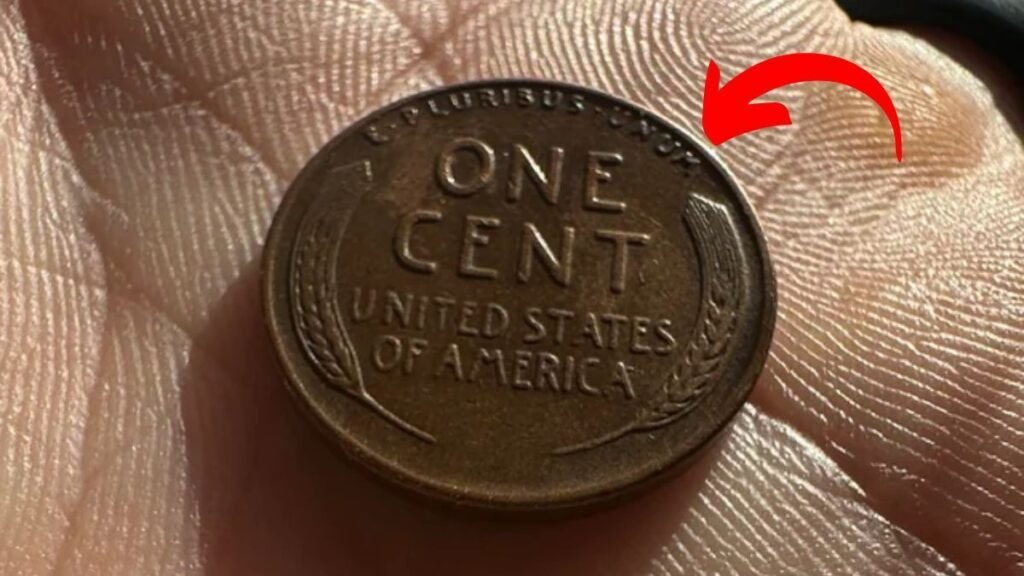
Because of the value of this coin, it has become a target for counterfeiting. Some people will try to alter common 1909 pennies to make them look like proof coins. Others may add fake VDB initials or artificially change the coin’s surface to mimic a matte finish. That’s why getting a professional opinion is so important.
Why Collectors Love It
Collectors are drawn to the 1909 VDB Matte Proof penny not only for its value but also for its historical and artistic significance. It’s a coin that tells a story—about Abraham Lincoln, about early 20th-century America, and about the evolution of U.S. coinage. It’s also an example of how a coin can go from being pocket change to a museum-quality artifact.
Just imagine: a tiny copper coin, once worth only a single cent, now valued higher than most luxury cars or even a house. That kind of transformation is what makes coin collecting so exciting.
Final Thoughts
The 1909 VDB Matte Proof Lincoln penny is a shining example of how a small piece of metal can hold incredible historical and monetary value. With its rare proof finish, limited production, and connection to one of America’s most beloved presidents, it’s no wonder collectors are willing to pay top dollar.
If you ever come across a 1909 penny, don’t just toss it aside. Take a close look—you could be holding a piece of numismatic history worth thousands or even hundreds of thousands of dollars. And who knows? Your next great find might be waiting in your coin jar right now.
FAQs
1. What is the Lincoln Wheat Penny worth $258,000?
The coin in question is the 1909 VDB Matte Proof Lincoln Wheat Penny. It is extremely rare due to its unique finish, the inclusion of the designer’s initials (VDB), and the very limited number minted for collectors. One of these coins sold for $258,000 at auction.
2. What does “VDB” mean on the 1909 penny?
“VDB” stands for Victor David Brenner, the designer of the Lincoln penny. His initials were originally placed prominently on the reverse of the coin in 1909 but were removed later that year due to public criticism.
3. What is a Matte Proof coin?
A Matte Proof coin is a special collector’s edition with a smooth, satin-like surface and very sharp, squared-off rims. Unlike shiny modern proof coins, Matte Proofs have a soft, velvety look and were made in limited quantities.
4. How many 1909 VDB Matte Proof pennies were made?
Only about 1,194 Matte Proof 1909 VDB pennies were minted, making them extremely rare—especially in high-grade condition.
5. Are these pennies still in circulation?
While unlikely, it’s technically possible for a 1909 VDB penny to show up in circulation. Many people don’t realize their value and may spend them unknowingly.
